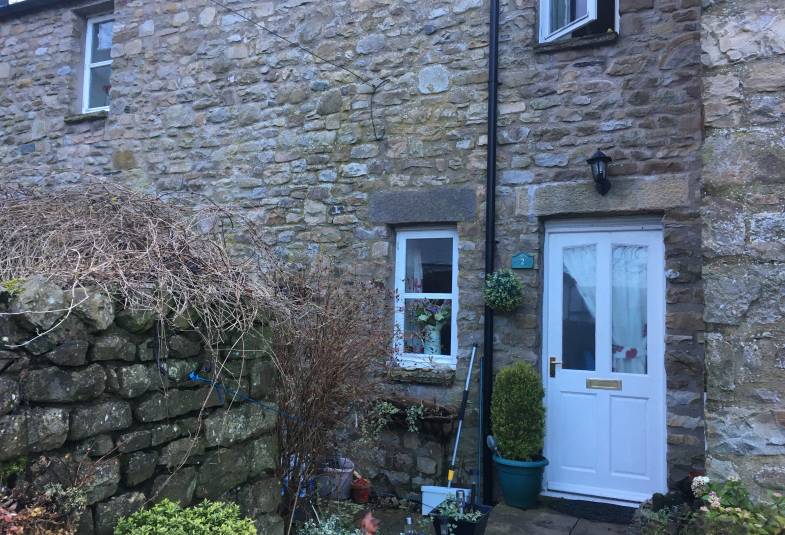20/10/2020
This blog is written by a member of the independent Commission. These views do not necessarily represent the views of the Archbishops' or the Church of England.

The housing crisis is not a purely urban phenomenon. Many rural areas are struggling under the pressure of second homes and holiday lets, which take away homes from local residents. In a small village, losing just a few houses from the residential market can have a significant effect.
In Dent in the Yorkshire Dales, about half the properties aren’t lived in all year round. Because of this, young families are often forced to leave. ‘What a waste of potential’, lamented Revd Peter Boyles, former vicar at Dent. This loss of talent affects the village’s economy, as well as the community.
Most of the land around the village is ‘glebe’ land, owned by the church. The diocese can’t just do what they want with it, as charity law requires them to use it to fund local ministry: it’s got to be used for income generation. Much of it is rented out to smallholders for grazing animals. Nonetheless, in the early 2000s, it was decided that this land could be used more strategically for generating income, while also serving the church’s mission directly.
The diocese built two houses on the site, to be let exclusively to local people. They chose not to let the house to holidaymakers, so they’re not getting quite as much money as they could, but they’re getting far more than the small sum the farmer paid for grazing rights, and they’re doing good at the same time.
When these homes were built, local people moved in, and the same residents have lived there over a decade. They love living there – partly because the houses are good quality. One of the residents explained ‘It’s brilliant living here, all electric central heating, a lovely kitchen and living room which has French doors opening onto a little garden where I can sit out on warm days.’
These are not the only houses that the diocese has built in the area. Without these developments, the supply of homes for local people would have been taken up by non-residents, destroying the community. Peter said that it had ‘stopped a far greater exodus than there otherwise might have been’. In fact, ‘if it hadn’t been for [the church’s housing developments] there wouldn’t be a school in Dent’.
Peter saw this as part of the church’s mission, meeting the need of the local community – ‘what’s more basic than a house?’ The Archbishop of Canterbury’s Commission on Housing, Church and Community is encouraging more churches and dioceses to think about how they can use some of their property to meet housing need. As shown in Dent, it can make real financial sense, and it’s also a key act of mission. Revd Christine Brown summed up the effect it had on the church’s reputation: ‘The Church was shown to be serving the needs of the local people.’ Isn’t that what we all aim for?
Notes:
- The two properties are let exclusively to local people. They were both designed as family houses, so they are two- and three-bedroom semi-detached houses respectively. Both have small gardens. They were finished in 2008.
- The Diocese has previously worked on four other housing schemes in the area, with the council and with housing associations.